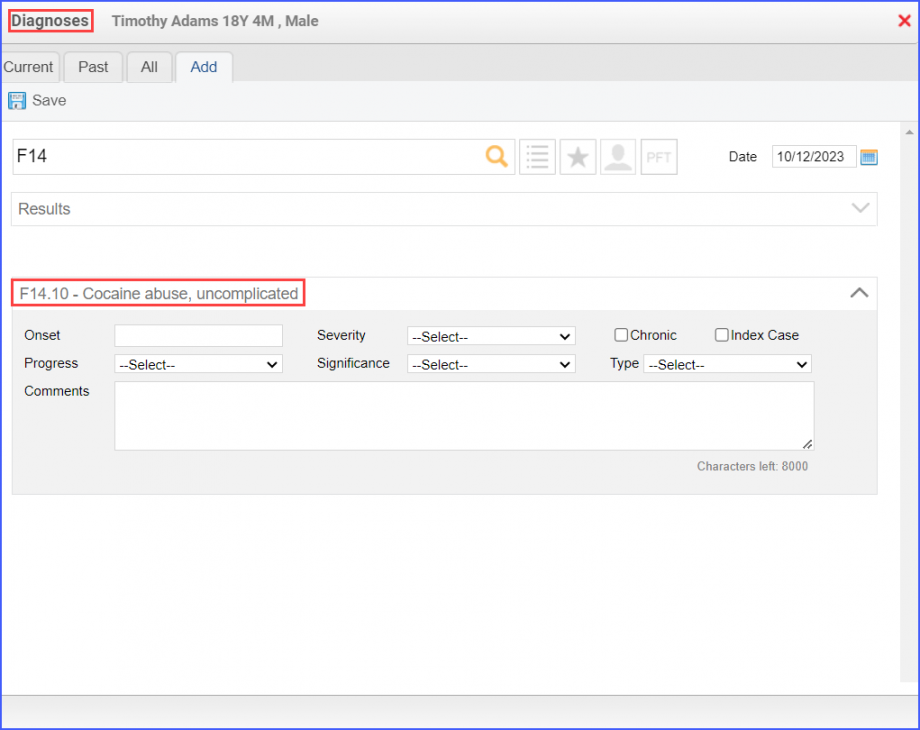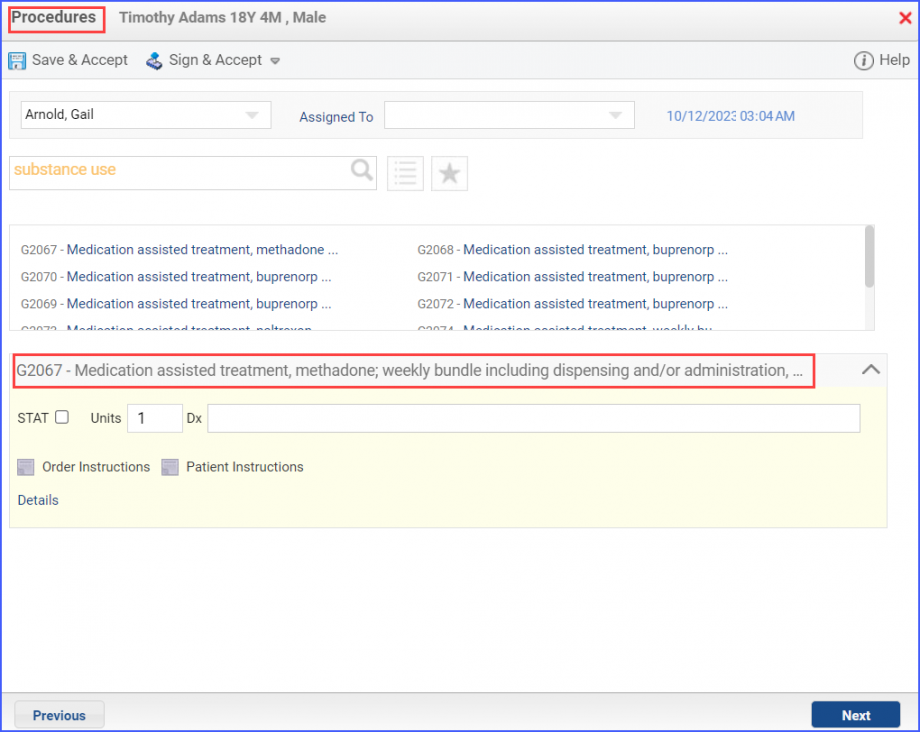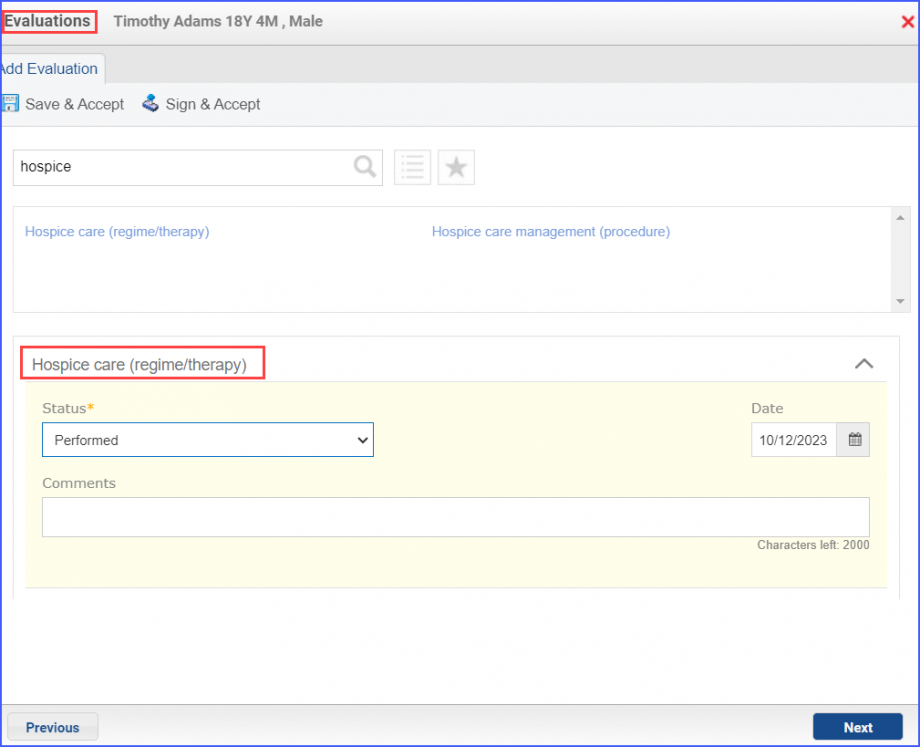CMS137v11 – Initiation and Engagement of Substance Use Disorder Treatment
| Initiation and Engagement of Substance Use Disorder Treatment | CMS137v11 | Percentage of patients 13 years of age and older with a new Substance Use Disorder (SUD) episode who received the following (Two rates are reported):
|
|---|---|---|
| – DENOMINATOR
Patients 13 years of age and older as of the start of the measurement period who were diagnosed with a new SUD (Substance Use Disorder) episode during a visit between January 1 and November 14 of the measurement period. Note: The patient should not have a History of SUD Diagnosis or Treatment. Their first SUD episode must have occurred during the visit within the measurement period. A qualifying encounter for denominator can include any of the following:
– NUMERATOR 1 Initiation of treatment includes either an intervention or medication for the treatment of SUD within 14 days of the new SUD episode. An intervention in this case is a psychosocial visit and can include any of the following:
The medication can include either:
– NUMERATOR 2 Engagement in ongoing SUD treatment within 34 days of initiation includes:
– DENOMINATOR EXCLUSIONS Patients who are in hospice care for any part of the measurement period. |
||
| – APPLICATION WORKFLOW
For Denominator:
 For Numerators 1&2:



 Denominator Exclusions:
|
||


